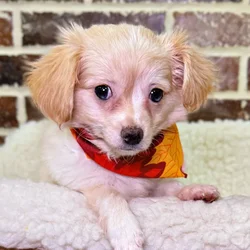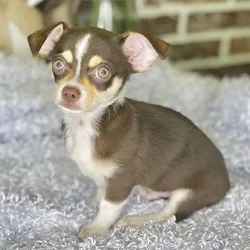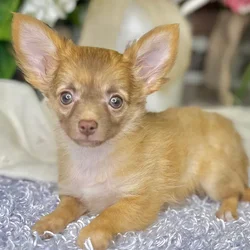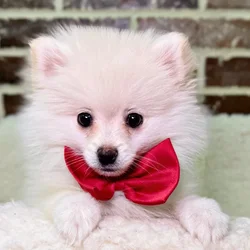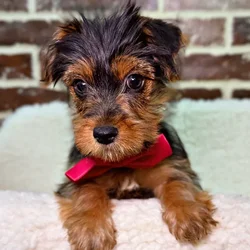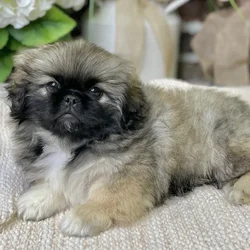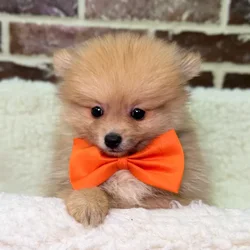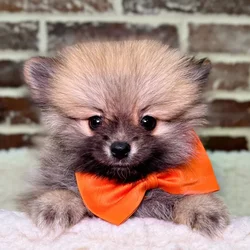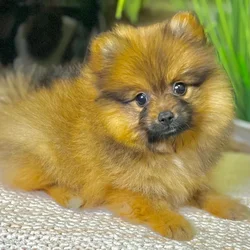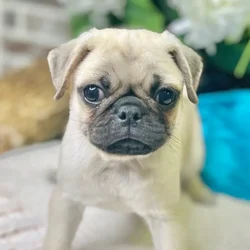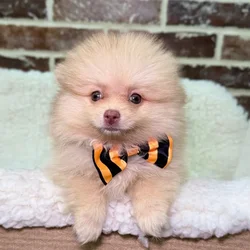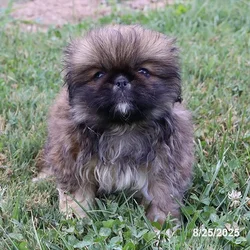Chihuahua
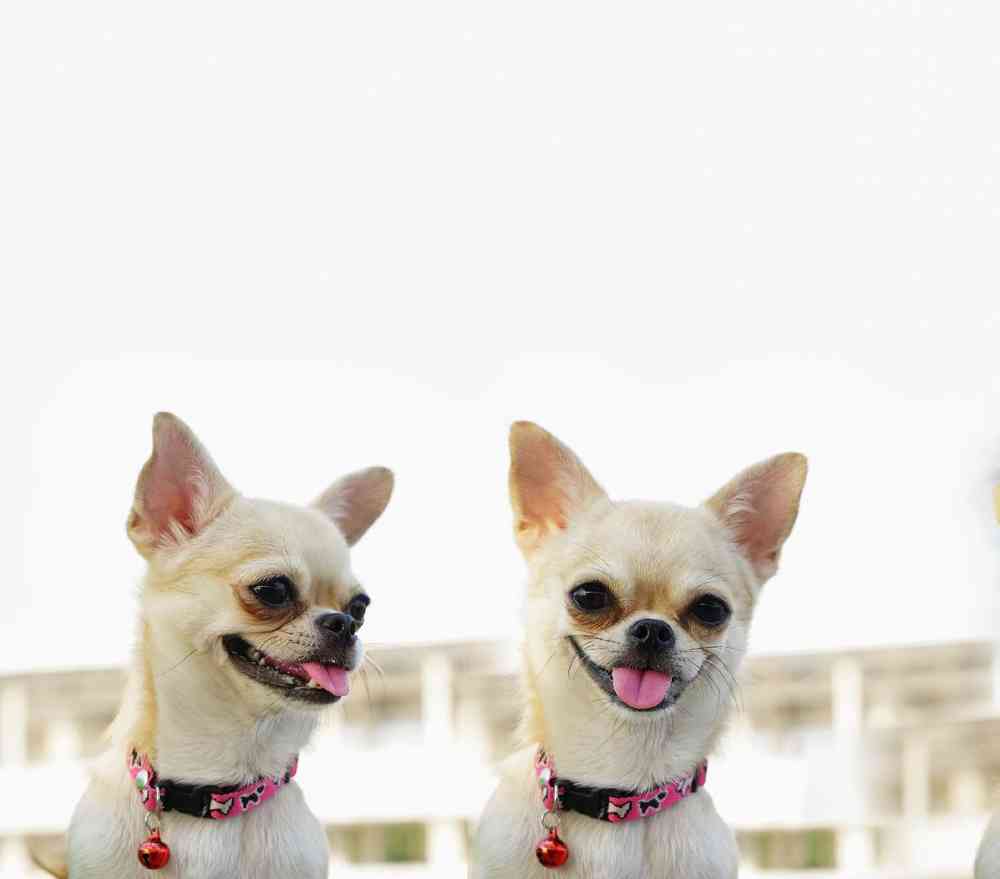
The Chihuahua is a tiny dog with a huge personality. A national symbol of Mexico, these alert and amusing "purse dogs" stand among the oldest breeds of the Americas, with a lineage going back to the ancient kingdoms of pre-Columbian times.


Want to know more about Chihuahua ?
Breed Traits
General Appearance
A graceful, alert, swift-moving compact little dog with saucy expression, and with terrier-like qualities of temperament
Head
Hindquarters
Coat
Color
Tail
Gait
Temperament
Disqualifications
Group
Toy
About
History
Standard
Nutrition
Grooming
Exercise
Training
Health
Available Puppies
Similar Puppies



